Overview
Map
Other Details
كنيسة مار جرجس الشهيد
Aaqtanit
Saida
South
كنيسة مار جرجس الشهيد - عقتانيتبنيت الكنيسة في القرن الثامن عشر، تعرّضت للتخريب خلال أحداث سنة ١٨٦٠. البناء كناية عن عقدٍ مصالبٍ بحنية واحدة. تضمّ الكنيسة أيقونتين مقدسيّيتين للسيّدة والعماد، ولوحةً لمار جرجس تعود لسنة ١٩١٦ من عمل خليل عقل. تجدّدت وأعاد تكريسها المطران مارون العمّار في ٢٤ نيسان ٢٠٢٢.The church of St George the martyr - AqtanitThe church was built in the XVIIIth century and sabotaged during the war of 1860. The structure consists of a crossed vault with a single nave. The church holds two icons from the school of Jerusalem: the Theophany and the Madonna and a painting of St George by Khalil Akl dating back to 1916. The church was renewed and reconsecrated by bishop Maroun Al Ammar on the 24th of April 2022.
Visited 2274 times, 3 Visits today




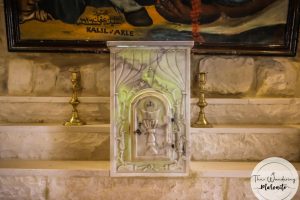
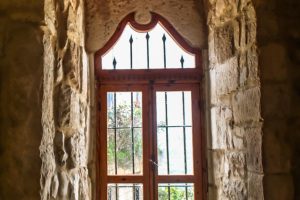
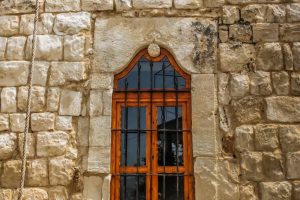
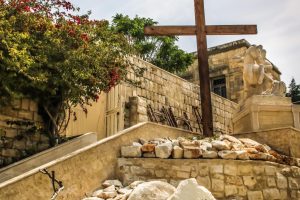
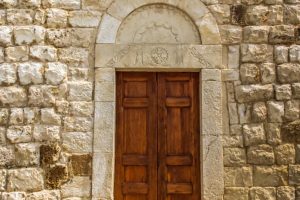

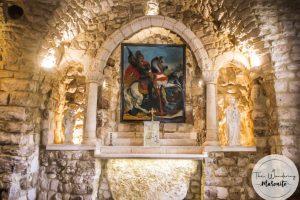
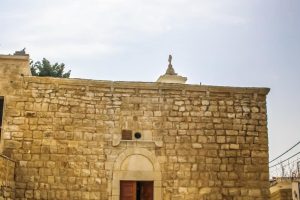
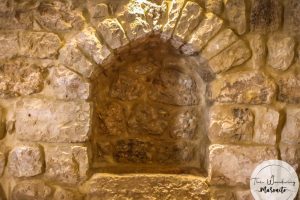
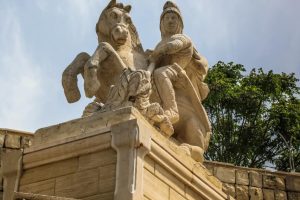











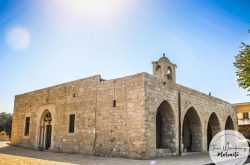

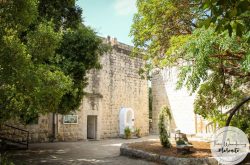
Reviews are disabled, but trackbacks and pingbacks are open.